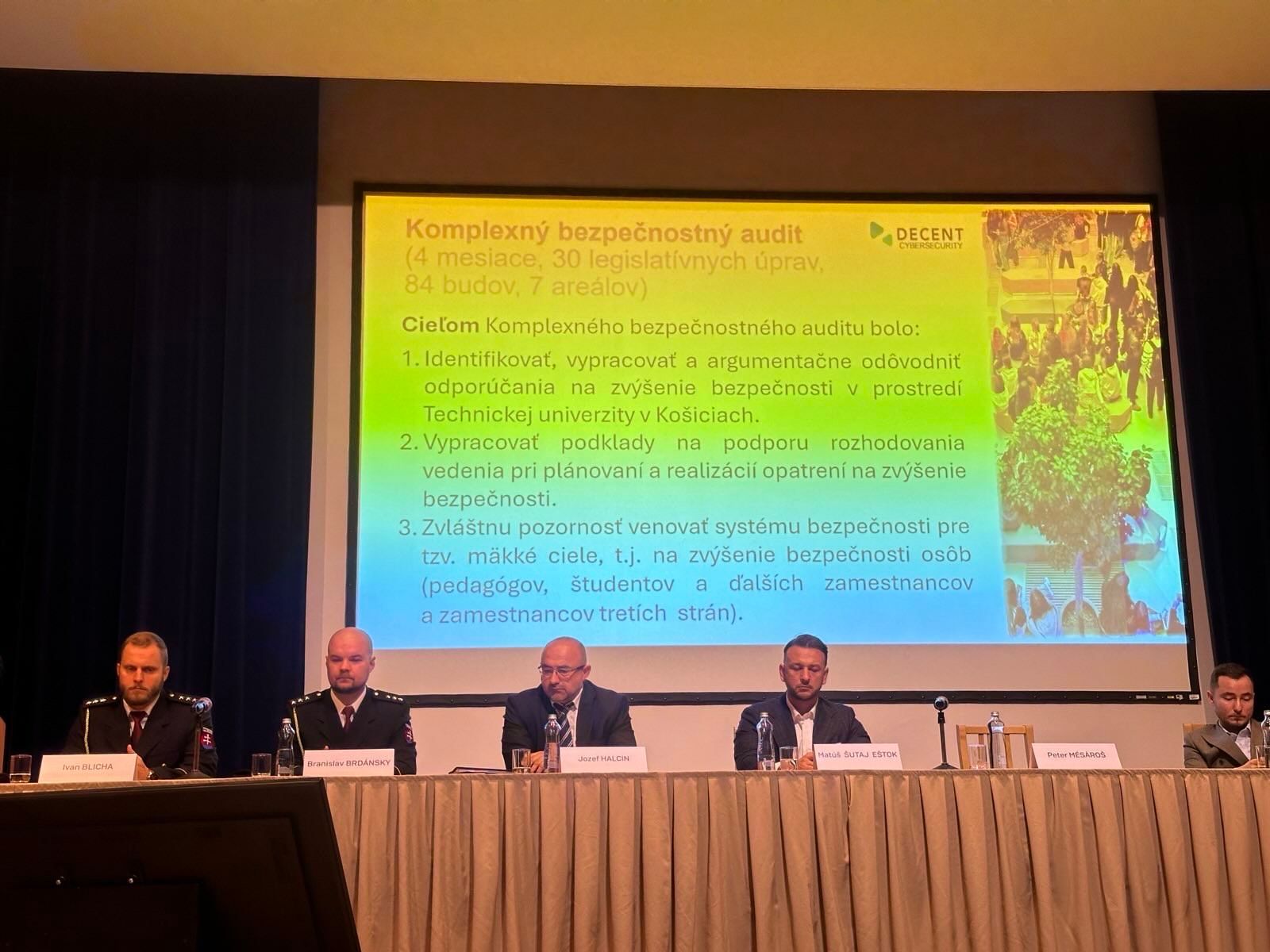Analysis of Power Outage at Heathrow Airport: Implications for Critical Infrastructure
23. marca 2025
On March 20, 2025, a widespread power outage occurred at London's Heathrow Airport due to a fire in the North Hyde electrical substation. This incident, which led to the closure of Europe's busiest airport and affected more than 1,300 flights, represents a significant case of critical infrastructure failure with pan-European consequences.
Technical Aspects of the Incident
A fire in a transformer at the 275kV North Hyde substation caused a power supply interruption for Heathrow Airport and surrounding areas. According to available information, approximately 67,000 households and businesses were without electricity. Despite the airport having backup power sources, these systems were unable to ensure full operational capacity.
The North Hyde substation represents a critical point in West London's electrical grid, which experts say is significantly overloaded. The region is experiencing a sharp increase in new applications for connection to the electrical grid due to new housing projects, commercial investments, and data centers.
Systemic Deficiencies The incident revealed several serious deficiencies in critical infrastructure security. First, insufficient power redundancy was evident. Critical facilities like Heathrow Airport should be powered from multiple independent points of the electrical grid. Although some parts of the airport (such as Terminal 5) maintained power, overall operations were significantly disrupted.
Another problem is outdated infrastructure. The British electrical grid, similar to many developed countries, is generally outdated, with many components at the end of their expected lifespan and in urgent need of modernization.
The response to the outage also revealed gaps in coordination between the airport operator, airlines, and energy service providers. Restoring full operations took an unreasonably long time, suggesting deficiencies in disaster recovery plans.
Implications for Slovak Critical Infrastructure "This incident emphasizes the importance of a comprehensive approach to critical infrastructure protection," says Ing. Tibor Straka, President of the Slovak Critical Infrastructure Association. "The new Act No. 367/2024 Coll. on Critical Infrastructure, which came into effect on January 1, 2025, introduces a systematic approach to identifying, protecting, and increasing the resilience of critical infrastructure elements in Slovakia." The law defines 11 key sectors of critical infrastructure including energy, transportation, finance, and digital infrastructure. For each sector, it establishes responsible central state administration bodies and introduces a new system of risk assessment and obligations for critical entities.
Preventive Measures and Recommendations Based on the analysis of the Heathrow Airport incident, AKI recommends several measures for critical infrastructure operators in Slovakia. Key is strengthening power redundancy by ensuring multiple independent power sources for critical systems and regularly testing backup sources under full load.
Equally important is the systematic modernization of outdated components of the electrical grid with emphasis on critical nodes. Operators should implement advanced early warning monitoring and predictive maintenance systems to identify potential failures before they occur.
Given the growing interconnection of physical and digital systems, it is essential to ensure adequate protection against cyber threats. Organizations should regularly conduct crisis management exercises simulating various critical infrastructure outage scenarios.
Information sharing and best practices through enhanced cooperation between critical infrastructure operators, regulatory bodies, and security forces are also of fundamental importance.
Conclusion The incident at Heathrow Airport presents a significant lesson for critical infrastructure operators in Slovakia and throughout Europe. It emphasizes the need for a systematic approach to protecting critical systems, which includes not only technical measures but also organizational and procedural aspects.
AKI will continue to monitor the development of the investigation of this incident and implement the lessons learned into its recommendations and educational activities. It also calls on all critical infrastructure operators in Slovakia to reassess their business continuity plans and resilience to similar incidents.
Only through a comprehensive approach to critical infrastructure protection can we ensure the stability and security of key systems essential for the functioning of modern society.
The North Hyde substation represents a critical point in West London's electrical grid, which experts say is significantly overloaded. The region is experiencing a sharp increase in new applications for connection to the electrical grid due to new housing projects, commercial investments, and data centers.
Systemic Deficiencies The incident revealed several serious deficiencies in critical infrastructure security. First, insufficient power redundancy was evident. Critical facilities like Heathrow Airport should be powered from multiple independent points of the electrical grid. Although some parts of the airport (such as Terminal 5) maintained power, overall operations were significantly disrupted.
Another problem is outdated infrastructure. The British electrical grid, similar to many developed countries, is generally outdated, with many components at the end of their expected lifespan and in urgent need of modernization.
The response to the outage also revealed gaps in coordination between the airport operator, airlines, and energy service providers. Restoring full operations took an unreasonably long time, suggesting deficiencies in disaster recovery plans.
Implications for Slovak Critical Infrastructure "This incident emphasizes the importance of a comprehensive approach to critical infrastructure protection," says Ing. Tibor Straka, President of the Slovak Critical Infrastructure Association. "The new Act No. 367/2024 Coll. on Critical Infrastructure, which came into effect on January 1, 2025, introduces a systematic approach to identifying, protecting, and increasing the resilience of critical infrastructure elements in Slovakia." The law defines 11 key sectors of critical infrastructure including energy, transportation, finance, and digital infrastructure. For each sector, it establishes responsible central state administration bodies and introduces a new system of risk assessment and obligations for critical entities.
Preventive Measures and Recommendations Based on the analysis of the Heathrow Airport incident, AKI recommends several measures for critical infrastructure operators in Slovakia. Key is strengthening power redundancy by ensuring multiple independent power sources for critical systems and regularly testing backup sources under full load.
Equally important is the systematic modernization of outdated components of the electrical grid with emphasis on critical nodes. Operators should implement advanced early warning monitoring and predictive maintenance systems to identify potential failures before they occur.
Given the growing interconnection of physical and digital systems, it is essential to ensure adequate protection against cyber threats. Organizations should regularly conduct crisis management exercises simulating various critical infrastructure outage scenarios.
Information sharing and best practices through enhanced cooperation between critical infrastructure operators, regulatory bodies, and security forces are also of fundamental importance.
Conclusion The incident at Heathrow Airport presents a significant lesson for critical infrastructure operators in Slovakia and throughout Europe. It emphasizes the need for a systematic approach to protecting critical systems, which includes not only technical measures but also organizational and procedural aspects.
AKI will continue to monitor the development of the investigation of this incident and implement the lessons learned into its recommendations and educational activities. It also calls on all critical infrastructure operators in Slovakia to reassess their business continuity plans and resilience to similar incidents.
Only through a comprehensive approach to critical infrastructure protection can we ensure the stability and security of key systems essential for the functioning of modern society.
On Thursday, December 4, 2025, a joint meeting of the Presidium and Supervisory Board of the Critical Infrastructure Association of the Slovak Republic took place.
Vo štvrtok 4. decembra 2025 sa uskutočnilo spoločné rokovanie Prezídia a Dozornej rady Asociácie kritickej infraštruktúry Slovenskej republiky.

The Critical Infrastructure Association of the Slovak Republic considers the adoption of Act No. 318/2025 Coll. to be a fundamental step in the field of cybersecurity of the Slovak Republic. This legal regulation systematically implements the European Cyber Resilience Act for the first time and regulates the way in which digital products – from software, through IoT devices to specialized technologies used in industry – will be placed on the market and controlled from the perspective of cyber resilience.

Asociácia kritickej infraštruktúry SR považuje prijatie zákona č. 318/2025 Z. z. za zásadný krok v oblasti kybernetickej bezpečnosti Slovenskej republiky. Tento právny predpis prvýkrát systematicky implementuje európske nariadenie Cyber Resilience Act a upravuje spôsob, akým budú digitálne produkty – od softvéru, cez IoT zariadenia až po špecializované technológie používané v priemysle – uvádzané na trh a kontrolované z pohľadu kybernetickej odolnosti.

Asociácia kritickej infraštruktúry SR (AKI SR) dôrazne odmieta snahu poslankyne NR SR Veroniky Remišovej a Juraja Magušina zatiahnuť odbornú a apolitickú organizáciu do lacného politického boja. Ich verejné vyjadrenia sú faktograficky nesprávne, zavádzajúce a poškodzujú dobré meno asociácie aj jej členských subjektov.




